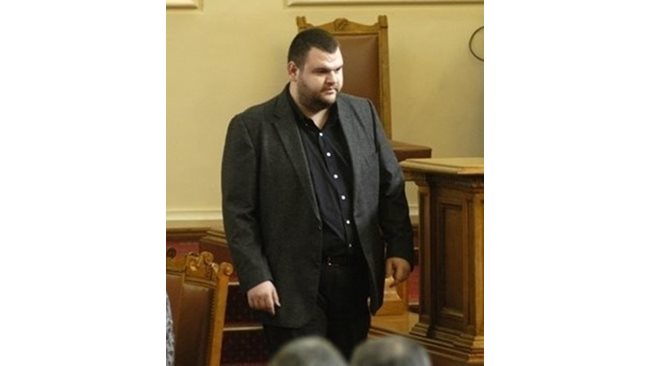From our correspondent in the United States,
From what age can children be safely vaccinated against Covid-19? The answer to this question could be critical in the battle to minimize the chain of transmission of the coronavirus. And, perhaps, to achieve collective immunity in the long term. While France will open vaccination to 12-17 year olds on Tuesday, the United States has more hindsight, with a million 12-15 year olds immunized, one month after the emergency authorization obtained by Pfizer.
US health authorities are already eyeing the next step, with clinical trials that have just started at Pfizer and Moderna in 5-12 year olds, with lower doses of serum. Tests in infants, from 6 months, should follow in the coming weeks, with a view to a possible emergency authorization in the fall.
In one month, 3.6 million adolescents between the ages of 12 and 15 – or one in five of this age group – have received at least one injection in the United States, and 1.1 million are fully immunized, according to figures from the Centers for Disease Control and Prevention (CDC). The reported side effects are similar to the 16-25 age group, and the group of scientists overseeing the risks has not yet issued a major alert. Despite everything, experts closely follow rare cases of cardiac inflammation, which mainly affect men under 30, and even more, it seems, under 18 (see box).
Vaccination of children under study
Last Tuesday, after some limited testing, Pfizer announced that it would conduct a large clinical trial of its vaccine in 4,500 children under 12 in the United States, Spain, Poland and Finland. The lab will start with 5-12 year olds, then expand the study over the next few weeks to infants 6 months and older. With obviously lower doses: 10 micrograms in 5-11 year olds and 3 micrograms between 6 months and 5 years old, against 30 micrograms in adults and adolescents.
Pfizer expects to have results in September in 5-11 year olds, and to seek emergency clearance from the United States Medicines Agency (FDA) in the process. For infants, the laboratory is counting on October-November. The American Moderna, meanwhile, began a clinical trial in children in March, and expects results at the end of the summer.
Collective immunity in question
At the start of the pandemic, experts estimated that between 60 and 70% of the population would need to be vaccinated to achieve collective immunity. But faced with more contagious variants, the figure has been revised to 80%, or even more. A threshold impossible to reach without vaccinating those under 16, who represent 20% of the population across the Atlantic, and without convincing some of the 20% of refractory adults.
The United States has just passed the threshold of 50% of the population over 12 years of age fully vaccinated. But the pace is slowing down. Since the April highs, the number of daily injections has been reduced by four, from 3.3 million to 800,000. Some states, mainly conservative, are very late.
“Mass immunity will not be achieved without high vaccination rates in all groups likely to be infected,” insists biologist Spencer Fox, deputy director of the Covid-19 Consortium at the University of Texas in Austin. “Even though children are less likely to develop a severe form of Covid-19, they represent a large unvaccinated group, and it is crucial to immunize them as soon as possible, as soon as the results show that it is safe. . “
As Dr Fauci regularly reminds us, “children participate in the chain of transmission of the virus, and some are hospitalized or develop a long form of Covid. The Delta variant, which has swept through India, is more contagious and more dangerous for all populations, including children, with hospitalizations on the rise in the UK. According to Spencer Fox, the race continues: “As long as the virus is circulating, there is a risk that a new, more dangerous variant will emerge. “
–
Cases of heart inflammation monitored
At a meeting Thursday, US health experts said they were carefully examining predominantly mild cases of myocarditis (inflammation of the heart muscle) already found in Israel. They seem to affect young men under the age of 30 more (median age 24, 80% male) after the second injection of an mRNA vaccine. The main symptoms – chest pain, shortness of breath and palpitations – usually appear during the first week.
There are no figures yet for 12-15 year olds, but among 16-17 year olds, 79 cases out of 2.3 million injections have been recorded. A direct link has not yet been established, but it is a rate four times higher than the maximum expected in the general population of this age. Nine in ten were able to return home after a short hospital stay, and eight in ten no longer have any symptoms.
–


